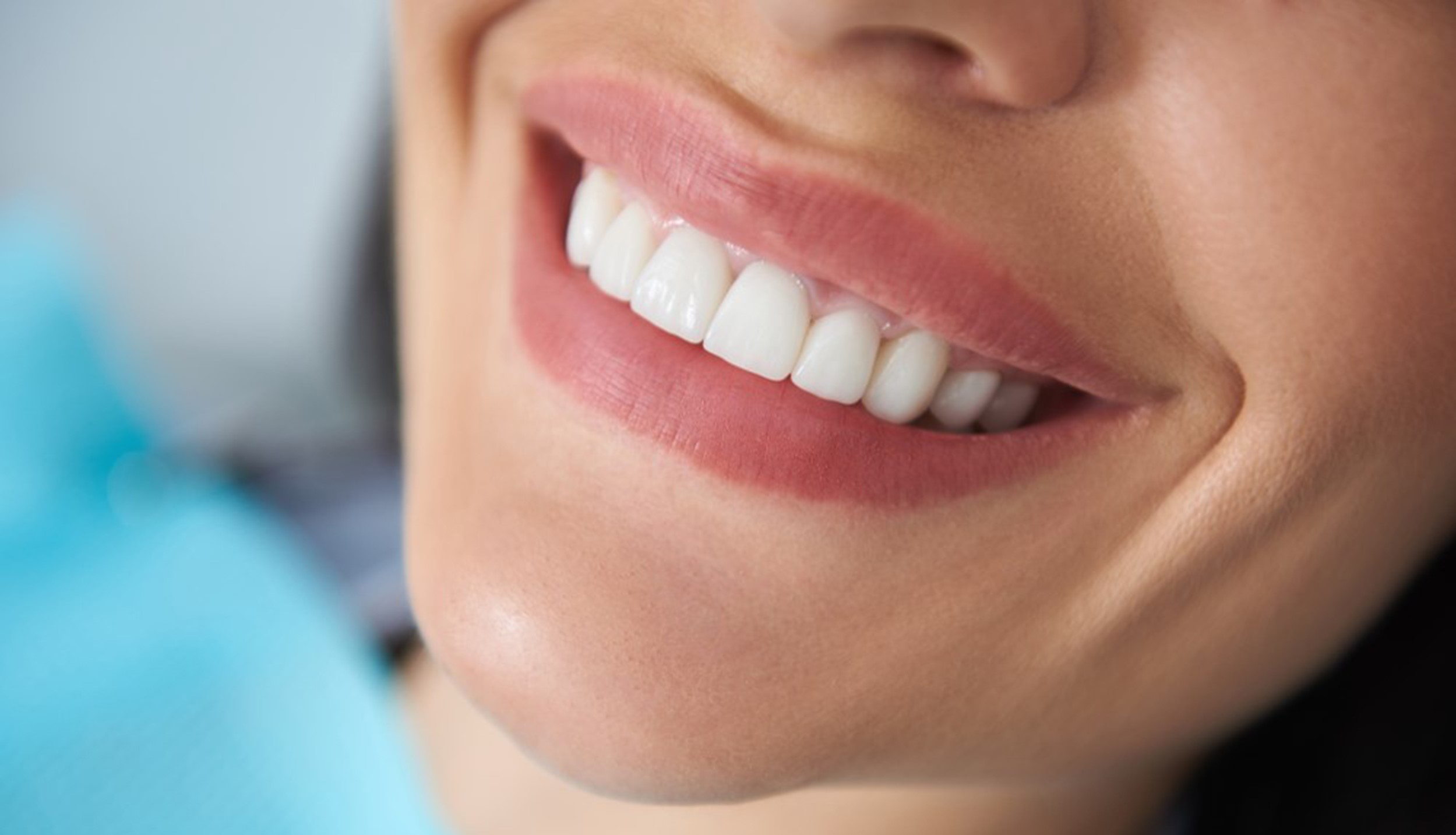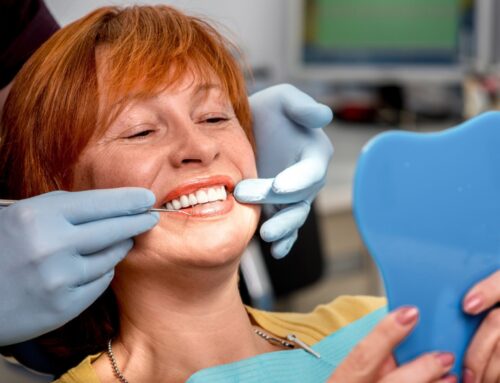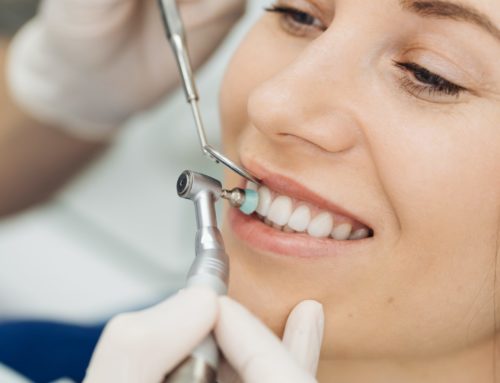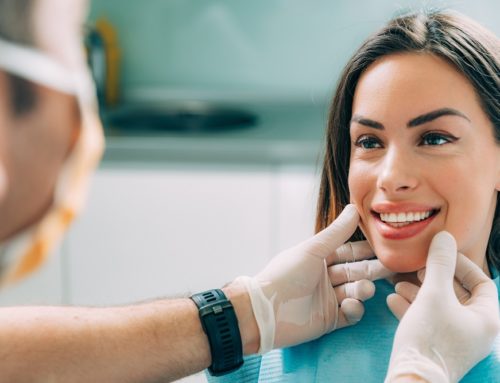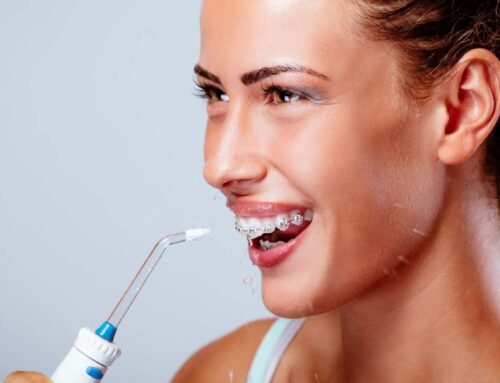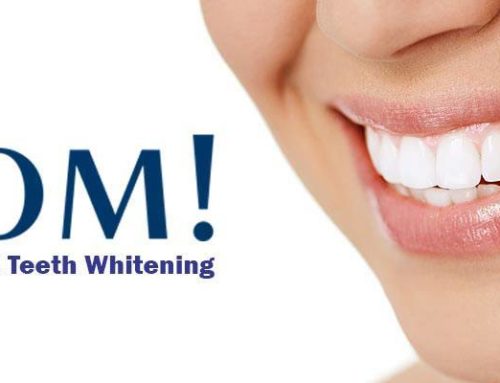Do Tooth Whitening Treatments Work on Dental Bonding or Dental Crowns?
Having a professional tooth whitening treatment is a great way to keep your smile looking great, but what happens if one or more of your teeth has been repaired in the past with dental bonding or a dental crown? Depending on the type of repair and where the tooth is located, tooth whitening may or may not be a viable option. If you have a repaired tooth, you may need to look at alternative cosmetic dental treatments.
Keeping your teeth looking their best is pretty simple, but it does take diligence and consistency. You’ve got to maintain a good oral health routine at home, including brushing, flossing, and using antibacterial oral rinses, as well as sticking to the recommended schedule of check-ups with your dentist. However, there may still be instances where a tooth might need to be repaired.
Sometimes a tooth can become chipped or damaged due to an accidental impact, or perhaps tooth decay has created a cavity that needs to be filled. When this happens, the artificial dental materials used to complete the tooth restoration will be colour-matched to produce a repair that is virtually undetectable on the patient’s tooth. This process certainly solves the issue of a damaged tooth and restores full mouth function, but patients might wonder how the repair might change how they approach their dental care over the long term.
One aspect to take into consideration is what might happen if you choose to get a tooth whitening treatment to help brighten your smile and reduce the visibility of stains on the teeth. The answer, naturally, is ‘it depends’. To explain why, it’s important to first understand why teeth accumulate stains and discoloration over time, and how tooth whitening treatments work to improve the appearance of your teeth.
Why Do Teeth Get Stained & Discoloured Over Time?
There are many different ways that teeth can become discoloured. Perhaps the most obvious source is certain types of food and drink that have staining characteristics. Some examples of these include coffee, tea, wine, soft drinks, dark chocolates, and beets, to name a few. Brushing with a good whitening toothpaste and visiting your dentist for regular cleanings can work to mitigate food and drink staining, but the more often these kinds of foods and beverages are consumed, the more the stains can build on your teeth.
The same is true for tobacco use, although the negative health effects of tobacco use extend far beyond just the staining effects that it has on teeth. Cancer, emphysema, and many other serious conditions are all directly linked to tobacco use, so we cannot overstate the importance of ceasing all use of tobacco products in order to promote a better state of health and minimize your risks.
Another cause of tooth staining is simply the natural aging process. Our teeth are made of different layers of material. The ultra-hard outer surface of the teeth is the enamel, the next layer which makes up the majority of the teeth is known as dentin, and the innermost part of the tooth is the pulp. As we go through life, the wear and tear that occurs on our teeth gradually thins the enamel layer. At the same time, as we mature the dentin naturally begins to yellow. With the enamel becoming thinner over time, the dentin begins to show through and be more visible, causing our teeth to look yellower than they did when we were younger.
When you want to get rid of built-up stains and discoloration on your teeth, you can use a variety of at-home tooth whitening treatments, but these are often not sufficient to rejuvenate your smile to the degree that you might want. To truly revitalize your smile and make tooth stains disappear, a professional tooth whitening treatment at your dental clinic is needed.
How Do Whitening Treatments Work to Remove Stains?
To whiten the teeth properly and get the best possible results, it begins with a thorough cleaning of the teeth. During the cleaning process, a gentle abrasive toothpaste is used to help lift away some of the stains and scrub the surfaces of the enamel. To treat deep-down tooth stains, dental clinics use concentrated compounds of either hydrogen peroxide or carbamide peroxide. When applied to the teeth, these compounds react with the stain particles and breaks them up. In some types of clinical tooth whitening treatments, a specialized laser light or UV wand is used to help accelerate the reaction between the whitening compound and the stains for more pronounced treatment results.
Professional tooth whitening treatment sessions are quite fast, and can be done in as little as 20-30 minutes. Some people report that just one session is often enough to give them the brighter, whiter teeth they wanted, however in most cases a series of treatments is conducted over several weeks to achieve the most dramatic transformation. The exact number of sessions varies from patient to patient, but your dentist will review the specific details of your tooth whitening treatment plan with you before you commit to the procedure.
Do Tooth Whitening Treatments Also Work on Bonding, Crowns, & Other Tooth Repairs?
Quite simply, no. The tooth whitening processes used to remove stains from natural teeth do not work to alter the shade or appearance of the artificial materials used to repair teeth. Dental bonding, filling amalgam, dental crowns, and dental bridges are all non-reactive to the peroxide compounds, which means the materials used in the repair will remain the same colour before and after a tooth whitening session.
Now, this is not to say that people with repaired or restored teeth cannot get whitening treatments. As the whitening compounds will not react with dental repairs, there’s no harm that can be done to them by having a whitening treatment. If your tooth repair is located in an inconspicuous location such as a back molar or on a part of the teeth that faces inward, then you can simply go ahead with a normal tooth whitening treatment as the difference in colour between your natural teeth and the repair material will not be visible.
When the repair is in a more visible spot, such as bonding on a front incisor to repair a chip or a crown on one of your pre-molars, another path must be taken in order to whiten the teeth and avoid a noticeable colour difference in the smile.
What Other Options Are Available to Whiten Repaired Teeth?
One way that a patient can achieve a smile makeover even if they have had previous dental repairs done is to proceed with a full set of dental veneers. Dental veneers are thin sheets of ultra-hard porcelain or ceramic material that are crafted to mimic the natural shape of teeth. The veneers are then affixed with a permanent dental adhesive to the outward-facing surfaces of the teeth, completely revitalizing the patients smile with a perfectly uniform appearance to the smile. Dental veneers are an alternative cosmetic dental treatment to chemical tooth whitening. Veneers make it so that any visible difference in colour between the patient’s natural teeth and dental repair work is completely covered and not noticeable.
Another option is to have the tooth whitening treatment performed before proceeding with any dental repairs using crowns, bonding, or bridges. This way, the repair material can be matched to the brighter, whiter shade of the patient’s teeth. This may not necessarily be a feasible approach however, as these types of dental repairs are often needed quite urgently, and there may not be time to perform a tooth whitening treatment before addressing the damaged teeth. It should also be noted that, as the patient’s natural teeth begin to gradually discolor again, subsequent tooth whitening treatments may be needed in order to maintain the uniformity of the smile.
For patients who have had dental repairs done in the past, it’s also possible to remove and replace the old repair work with new materials to match the updated shade of white on the teeth after a whitening treatment. A new crown can be crafted and affixed, and dental bonding can be removed and replaced to better match the patients updated smile.
Moving Ahead with Cosmetic Dental Treatments for a Brighter, Whiter Smile
Whatever situation you may find yourself in regarding repairs to your teeth, it’s good to know that there are options available to help you improve the appearance of your smile. Tooth whitening treatments are still a perfectly viable choice if the repair work is not in a visible area of your mouth. But even if it is, the team here at Georgian Dental would be glad to walk you through all the different cosmetic dental treatments that are available to you that can help you achieve your goals. There’s no better time than now to make the call, book an appointment, and get your smile in style!
Appointment Request
If you’re interested in any of our procedures, and would like to meet with one of our dentists to discuss options, costs and get additional information, complete this short form and we’ll give you a call to arrange for a no-obligation appointment at our Barrie clinic.
